Redlining Shaped the Power Grid. Communities of Color Are Still Paying the Price.
Share
Explore Our Galleries
Breaking News!
Today's news and culture by Black and other reporters in the Black and mainstream media.
Ways to Support ABHM?
By Mario Alejandro Ariza, Mother Jones
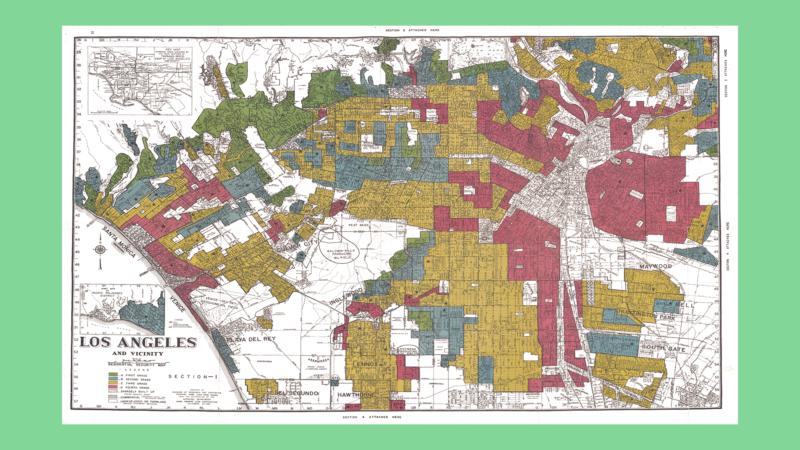
This story was reported by Floodlight, a nonprofit newsroom that investigates the powerful interests stalling climate action.
As an ice storm slicked roads across eastern Michigan on February 6, representatives from four houses of worship arrived at the offices of Democratic US Sen. Gary Peters.
They wanted Peters to pressure the Trump administration to lift the funding freeze on $20 million in “community change grants” promised by the Environmental Protection Agency (EPA) to houses of worship across Detroit to create community resilience hubs. Powered by renewable energy, the hubs offered residents shelter during weather emergencies and utility outages.
More than three months later, spring has come to Michigan—and yet the expected $2 million in funding for the St. Suzanne Cody Rouge Community Resource Center in Detroit remains on ice.
St. Suzanne executive director Steve Wasko says his organization—which provides meals, clothing, daycare, and other programs for residents of this predominantly Black neighborhood—has “received conflicting and sometimes contradictory communication about the grant.”
Wasko had been promised funding to install heat pumps, solar panels, and a generator, among other upgrades. The retrofit would allow St. Suzanne to help more people while cutting an energy bill that can run up to $15,000 a month in the winter.
The funding freeze is just the latest setback for poor communities of color across the United States—including in Detroit, Los Angeles, and Philadelphia—that are being left behind in the transition to cleaner, cheaper power.
Neighborhoods like Cody Rouge suffer from underpowered electrical service, more frequent power outages and high energy bills—a legacy of the once-legal practice of redlining that robbed communities of color of financial and public services, Floodlight found.
In formerly redlined neighborhoods like Cody Rouge, shutoffs for nonpayment are more likely. And poverty limits access to renewable energy: Aging roofs can’t support solar panels, outdated wiring can’t handle new heaters, and old electrical infrastructure struggles to accommodate electric vehicle charging and solar arrays.
“It’s now very clear that energy services, ranging from quality of service to price of service, are disproportionately poor if you are a minority, a woman or of low income,” said Daniel Kammen, professor of energy at the University of California-Berkeley.
Mother Jones explains how high energy costs affect Black residents in Detroit and beyond.
Some have received settlements and reparations after years of oppression.
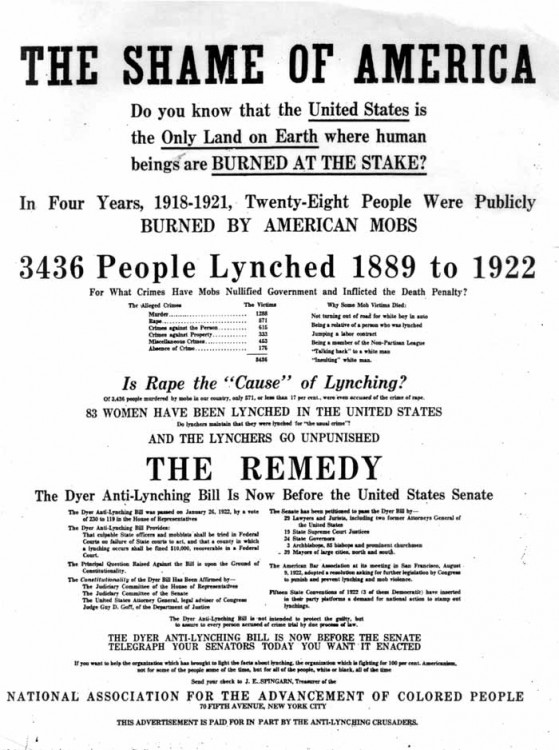
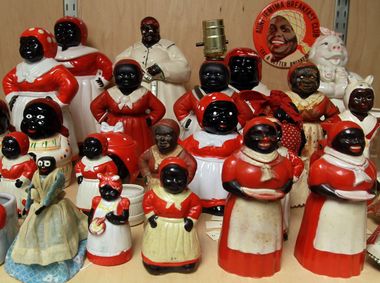
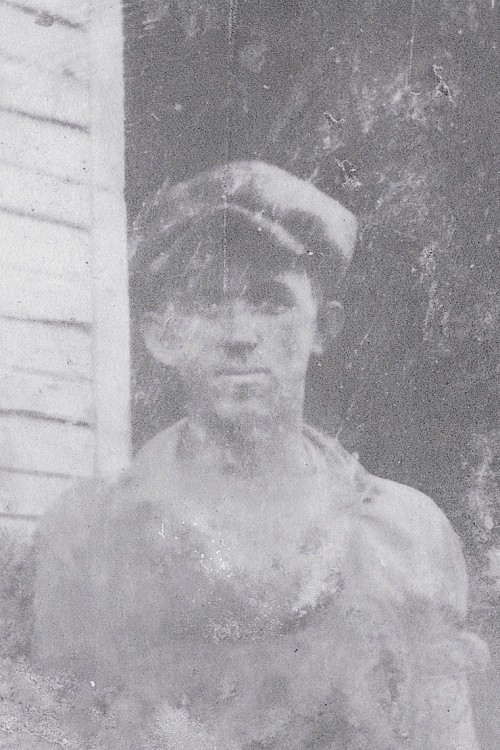
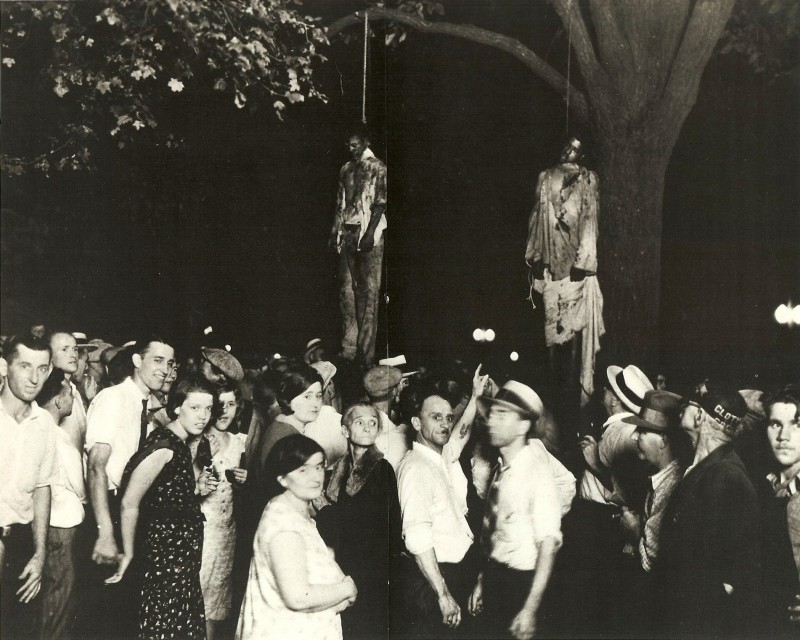
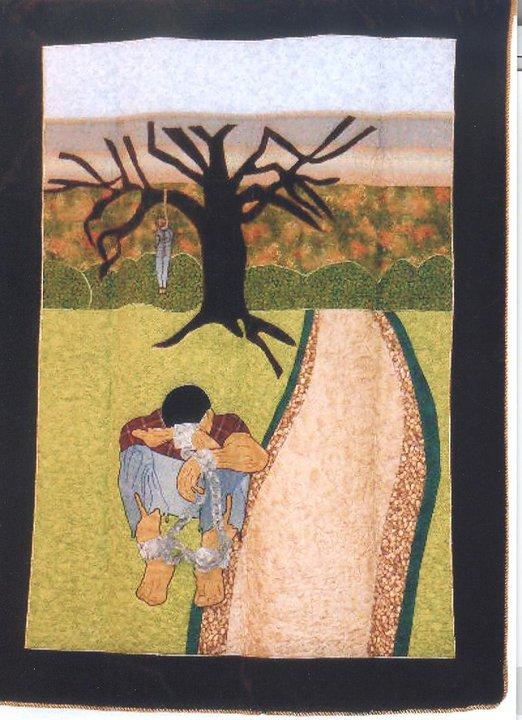




Comments Are Welcome
Note: We moderate submissions in order to create a space for meaningful dialogue, a space where museum visitors – adults and youth –– can exchange informed, thoughtful, and relevant comments that add value to our exhibits.
Racial slurs, personal attacks, obscenity, profanity, and SHOUTING do not meet the above standard. Such comments are posted in the exhibit Hateful Speech. Commercial promotions, impersonations, and incoherent comments likewise fail to meet our goals, so will not be posted. Submissions longer than 120 words will be shortened.
See our full Comments Policy here.